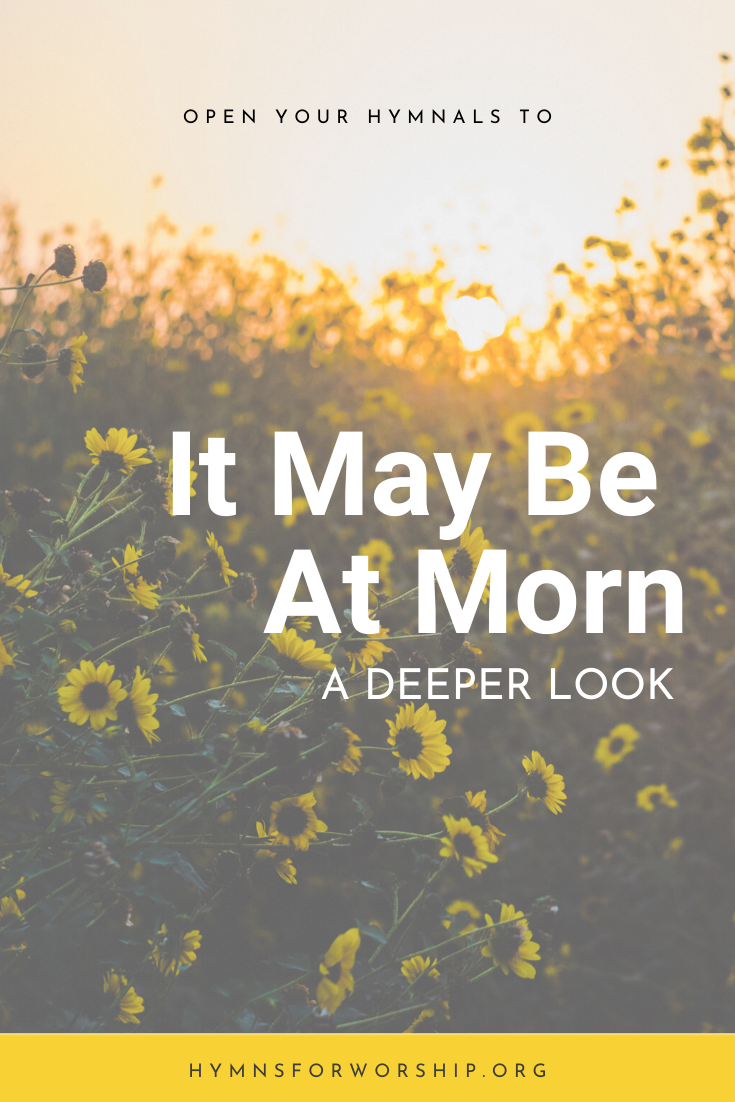It is a natural human tendency to ask, “How long?” when they have no idea what to expect of time. This question comes in all varieties, depending on the context we ask it.
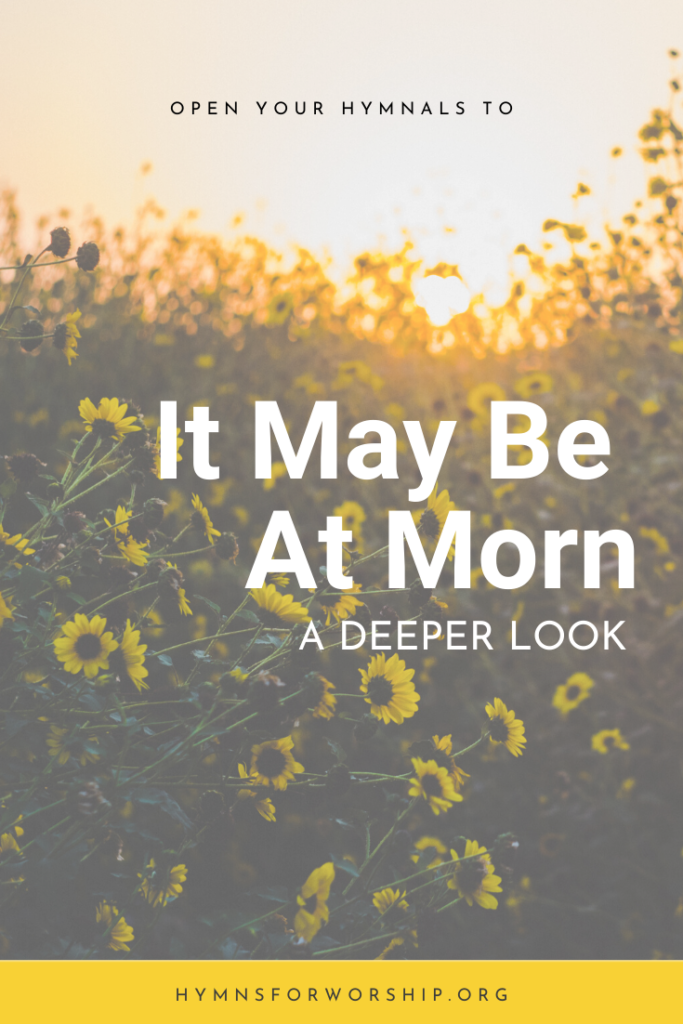
“How long do I have?” a patient on the brink of dying might ask.
“How much longer will this take?” an annoyed child might ask his parents when brought to his sister’s recital.
How much longer until we reach there?” an anxious traveler might ask longing to see his family.
Cries of “how long” are also replete in the Bible. Sixty times it occurred in the Bible, with most of them asked in the Psalms. Many Christians, believing in the imminent coming of Christ can probably relate to David’s question when he asked, “Return, O LORD, how long?”(Psa 90:13).
This is the premise on which H.L. Turner wrote his hymn. Not knowing how much longer will it take for Christ to return, he ruminates on the idea that maybe, He will come in the morning, at midday, at twilight, or at midnight.
With vividness in his writing, Turner describes that moment when Christ returns. Phrases like “sunlight through darkness,” “blaze of His glory,” and “blackness of midnight will burst into light” will make any reader imagine the grandeur of the scene.
The SDA Hymnal described Turner’s text as “a lively anticipation of the second advent of the Lord.” And shouldn’t we all have a ‘lively anticipation’ of His return?
Nonetheless, H.L. Turner remains an enigma. No known information about him exists, and the “official” records that suggest who this person was are claimed erroneous by several researchers, including Dr. Hamrick, who wrote:
“The attribution of the lyrics to Harvey Leonard Turner (found in a few library catalog records in Worldcat.org) is erroneous, because that individual was not born until 1893! I am going to stick my neck out and suggest that the author might have been Colonel Henry Lathrop Turner (1845-1915), a prominent citizen of Chicago who was described in his New York Times obituary as “soldier, banker, [and] poet.” The alumni magazine of his alma mater, Oberlin College, also noted: “He was a man of fine literary tastes and was the author of books and poems.”
Henry Lathrop Turner
Turner was born in Oberlin, Ohio in 1845. He was commissioned as lieutenant before reaching the age of 20. He also served as Adjutant of the 5th Regiment, United States Colored Troops. After the war, he went to Chicago to pursue his passion for writing and journalism. He was also into real estate and banking and was prominently successful in the endeavor.
He was also known for being a speaker, a master of ceremonies and somewhat of a poet. Comparing the hymn with many of his other writings, the style somehow reveals a semblance in that it was “rugged and unpretentious, full of excitement and color.”
Dr. Hamrick’s article gave examples comparing Col. Turner’s writings and suggests that these are striking evidences that he could be the actual hymn writer for “It May Be at Morn.” However, he admitted that his idea is still speculation:
Unless some further evidence comes to light, I can only offer the possibility that Colonel Henry L. Turner was the author of these lyrics; I think it is a fairly good case but is still no more than speculation. The only other hymn I can find by an H. L. Turner is “Peace like a river is flooding my soul,” published in His Voice in Song (Chattanooga, Tennessee: R. E. Winsett, 1918). That is a world away, stylistically and generationally…so that lyric may well be from a different person entirely.
Another speculation was that the refrain was not written by H.L. Turner, but rather by a prominent Adventist hymn writer, F.E. Belden. The first time this hymn was used by the Adventists was in Belden’s famous hymnal, Christ in Song, in 1900. In the Dictionary of American Hymnology, Belden was given the credit of writing the refrain, but not so in later books.
Text Analysis
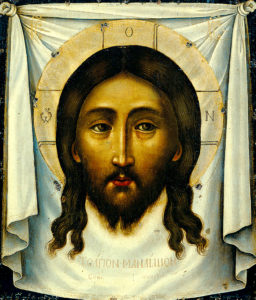
Of the four stanzas Turner wrote, only three made it to the SDA hymnal. This is the omitted stanza:
While hosts cry Hosanna, from heaven descending,
With glorified saints and the angels attending,
With grace on His brow, like a halo of glory,
Will Jesus receive His own.
I’m guessing it was the idea of a halo that made the Adventist editors omit this stanza, since this particular iconography was more of a Catholic or Orthodox interpretation of God being “crowned with light.”
Suggested Reading: History of the Halo in Art
Anyhow, with whatever remains, it is clear that the text is pregnant with Biblical truth. Let’s explore some of these concepts.
1 || The Main Theme — That no one knows the day of Christ’s coming
The most obvious theme is suggested by the Bible verse as marked at the upper left side of the hymn.
Watch ye therefore: for ye know not when the master of the house cometh, at even, or at midnight, or at the cockcrowing, or in the morning: Mark 13:35
Some obvious parallel texts can be found in Mark 13:33 and Mat 24:36, 42, 44. Not even angels are privy to the timing of the Lord’s coming. But the message is clear that we should be ready at all times.
2 || When Jesus receives His own
Turner ended each stanza with the unifying two-word phrase, “His own.” That finally, when Christ comes, He will claim His own. This idea of ownership is not because God is playing favorites. Far from that.
In fact, it is interesting that when Christ first came into the world, “His own received him not,” (John 1:11). And yet, “when Jesus knew that his hour was come that he should depart out of this world unto the Father, having loved his own which were in the world, he loved them unto the end,” (John 13:1).
It does have a ring of exclusivity. If we dig this idea deeper, we would find that to be His own really means, to be counted as children of God, “and if children, then heirs; heirs of God, and joint-heirs with Christ.” (Rom 8:17)
An heir needs to provide some sort of evidence to claim ownership of what is bestowed upon him. This may come in the form of a certificate, a proof of relations, or a legal testament. On the other hand, to be an heir of Christ or to be claimed as His own, is only evidenced by showing a transformed character. The Spirit of Prophecy puts it this way:
We may realize that we are Christ’s possession and that we are to manifest His character to the world. Prepared by heavenly grace, we become clothed with the righteousness of Christ, in the wedding garment, and are fitted to sit down at the marriage supper. We become one with Christ, partakers of the divine nature, purified, refined, elevated, and acknowledged to be the children of God—heirs of God and joint heirs with Jesus Christ.—The Youth’s Instructor, October 28, 1897.
Then, and only then can God proclaim, “He that overcometh shall inherit all things; and I will be his God, and he shall be my son.” (Rev 21:7)
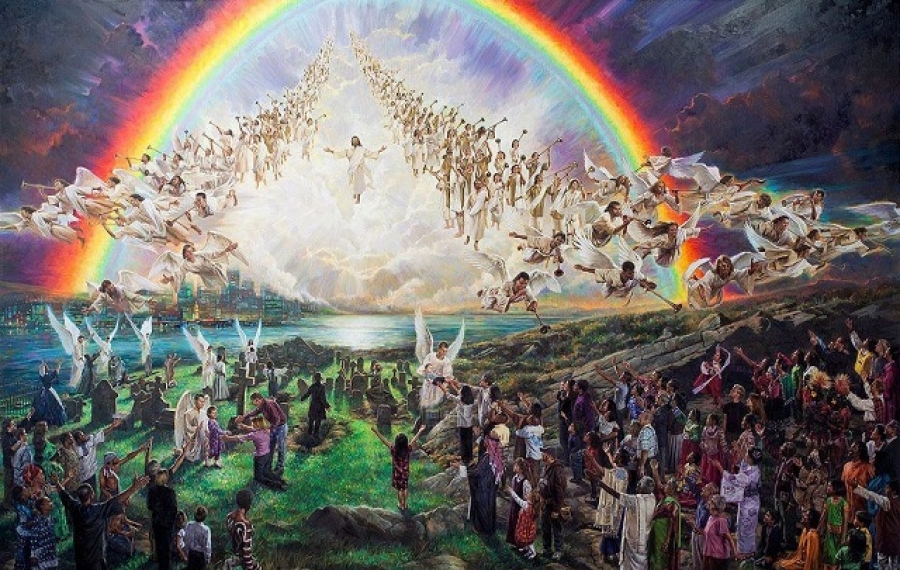
3 || O joy! O delight! Should we go without dying
As a third-generation Adventist, I grew up hearing a lot of talk about the manner of Christ’s coming. It was not uncommon nor frowned upon to hear my playmates mention this topic in regular “children’s conversation.”
One manner in which we would talk about it was to imagine ourselves between the two scenarios: to be dead and be resurrected or alive never seeing death when Christ comes. I remember playing the scenario in my head over and over, and I would admit that many times, I wanted my self dead and resurrected.
If Turner had been a part of that conversation, his choice would be clear, as seen in the beginning line of the final stanza.
Although many Christians believe this experience to be “the rapture,” Adventists refer to this as the experience of the living saints or 144,000 (See more from Uriah Smith’s A Study of the 144,000).
Truly, to see Christ without ever having to see death would not only be a privilege and honor, but a unique experience that no man can ever imagine to write or say.
Shifting Meters
On the musical side of things, James M. McGranahan composed the tune for this hymn, and gave it a rather interesting meter — a consistent shift from 3/4 to 4/4. This is either a signature style for McGranahan or he is just plainly giving the words it’s proper musical emphasis.
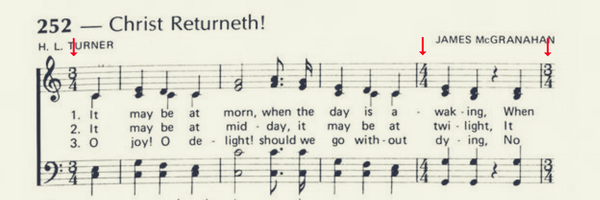
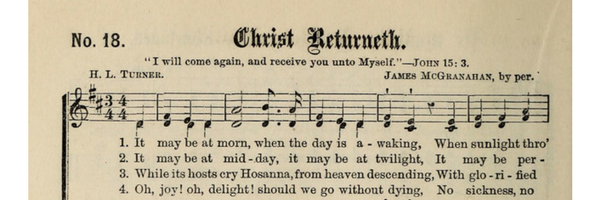
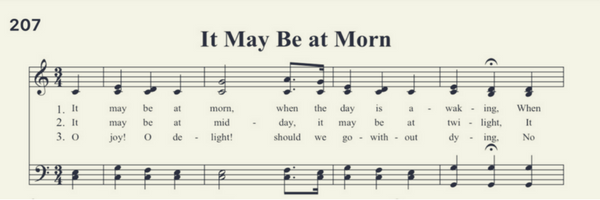
This shift is not so obvious in the SDA Hymnal, as it had been omitted and replaced with a fermata or a pause, allowing the singer to to have some breathing room before starting the next phrase.
You might be familiar with James McGranahan’s other hymn tunes. Be sure to check it out!
SDAH 195: Showers of Blessing
SDAH 343: I Will Sing of My Redeemer
SDAH 511: I Know Whom I’ve Believed
Like this story? Share it!

